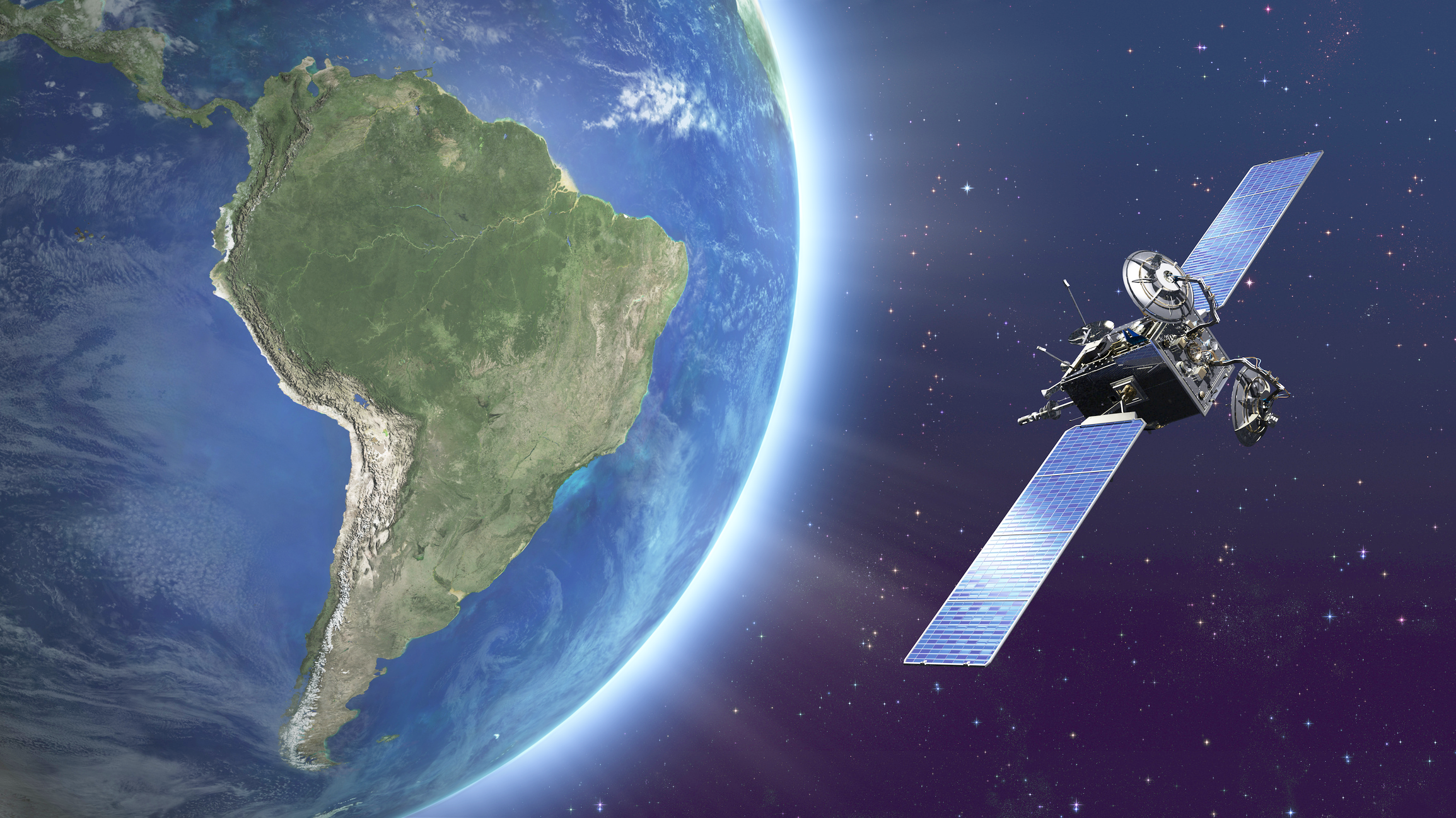Introduction: The nexus between software development and space technology has created a world of possibilities that were previously only dreamed about in science fiction in our quickly evolving digital age. The launch of the Star link constellation of low-Earth orbit satellites, which is intended to offer worldwide internet service, is one such innovative breakthrough. It becomes clear as we examine software development’s place in this technological marvel that there are drawbacks and difficulties associated with its promises.
The Role of Software Development
At the heart of Starlink’s operation lies sophisticated software systems that orchestrate the deployment, management, and optimization of thousands of satellites orbiting the Earth. Software development plays a pivotal role in every aspect of Starlink’s functionality, from satellite communication protocols to user interface design.
Satellite Communication Protocols: Software engineers design and implement communication protocols that enable seamless data transmission between ground stations, satellites, and end-user terminals. These protocols must be robust enough to withstand the challenges of space environment, including radiation and orbital dynamics.
Network Management Systems: Managing a constellation of thousands of satellites requires sophisticated network management systems. Software developers create algorithms for satellite positioning, routing, and load balancing to ensure optimal network performance and coverage.
User Interface Design: User terminals are the gateway for end-users to access the internet via Starlink. Software developers design intuitive user interfaces that simplify the setup process and provide real-time feedback on network status and performance.
Consequences of Starlink Satellites
While Starlink holds the promise of bridging the digital divide and providing internet access to remote regions, its deployment also raises several consequential issues:
Space Debris: The sheer number of satellites in the Starlink constellation raises concerns about space debris and the risk of collisions. Software solutions for satellite tracking and collision avoidance are crucial to mitigate this risk.
Light Pollution: Astronomers have raised concerns about the impact of Starlink’s bright satellite trails on astronomical observations. Software algorithms for satellite positioning and brightness control may help alleviate this issue.
Regulatory Challenges: The deployment of large satellite constellations like Starlink poses regulatory challenges related to spectrum allocation, orbital congestion, and space traffic management. Software developers must navigate these regulatory landscapes to ensure compliance and operational viability.
Challenges for Software Development
Despite its potential benefits, the development and deployment of software for Starlink satellites come with unique challenges:
Latency Optimization: Achieving low latency communication over long distances is essential for real-time applications like online gaming and video conferencing. Software developers face the challenge of optimizing communication protocols and routing algorithms to minimize latency.
Security and Privacy: With millions of users accessing the internet through Starlink, ensuring data security and privacy becomes paramount. Software engineers must implement robust encryption and authentication mechanisms to protect user data from cyber threats.
Scalability: As the demand for internet connectivity grows, Starlink must scale its infrastructure to accommodate increasing traffic. Software developers need to design scalable architectures and algorithms that can handle millions of simultaneous connections.
In conclusion, the role of software development in the era of Starlink satellites is pivotal in realizing the full potential of this groundbreaking technology. However, along with its promises come a set of consequences and challenges that must be addressed through innovative software solutions. By harnessing the power of software development, we can overcome these challenges and unlock the transformative benefits of global satellite internet connectivity.
What is the role of software development in the context of Starlink satellites?
Software development plays a crucial role in the functioning and management of Starlink satellites. It is responsible for various aspects such as satellite control, data transmission, network optimization, and security protocols. Software engineers continuously work on developing and updating the software systems that govern these satellites to ensure smooth operation and efficient communication.
How do Starlink satellites impact global internet connectivity, and what are the consequences?
Starlink satellites aim to provide high-speed internet access to underserved and remote areas worldwide. The consequences of this initiative include bridging the digital divide by connecting populations with limited or no access to the internet. However, it may also lead to concerns regarding space debris, light pollution, and interference with astronomical observations.
What challenges do software developers face in maintaining and upgrading Starlink satellite systems?
Software developers encounter several challenges in maintaining and upgrading Starlink satellite systems, including ensuring compatibility with evolving technology standards, optimizing network performance for diverse geographical regions, mitigating cybersecurity risks, and managing the sheer scale of the satellite constellation. Additionally, coordinating software updates across thousands of satellites orbiting Earth presents logistical complexities.
How does software development contribute to addressing environmental concerns associated with Starlink satellites?
Software development contributes to addressing environmental concerns associated with Starlink satellites by implementing efficient power management algorithms, optimizing satellite positioning to minimize orbital debris generation, and utilizing sustainable materials in satellite construction. Additionally, software engineers work on enhancing the longevity and recyclability of satellite components to reduce their environmental footprint.
What measures are in place to ensure the security and privacy of data transmitted via Starlink satellites, and how does software development support these measures?
Measures to ensure the security and privacy of data transmitted via Starlink satellites include encryption protocols, secure authentication mechanisms, and continuous monitoring for potential threats. Software development supports these measures by implementing robust encryption algorithms, developing intrusion detection systems, and regularly updating security patches to address vulnerabilities. Additionally, adherence to regulatory frameworks and industry standards is integral to safeguarding user data privacy in satellite communication networks.


